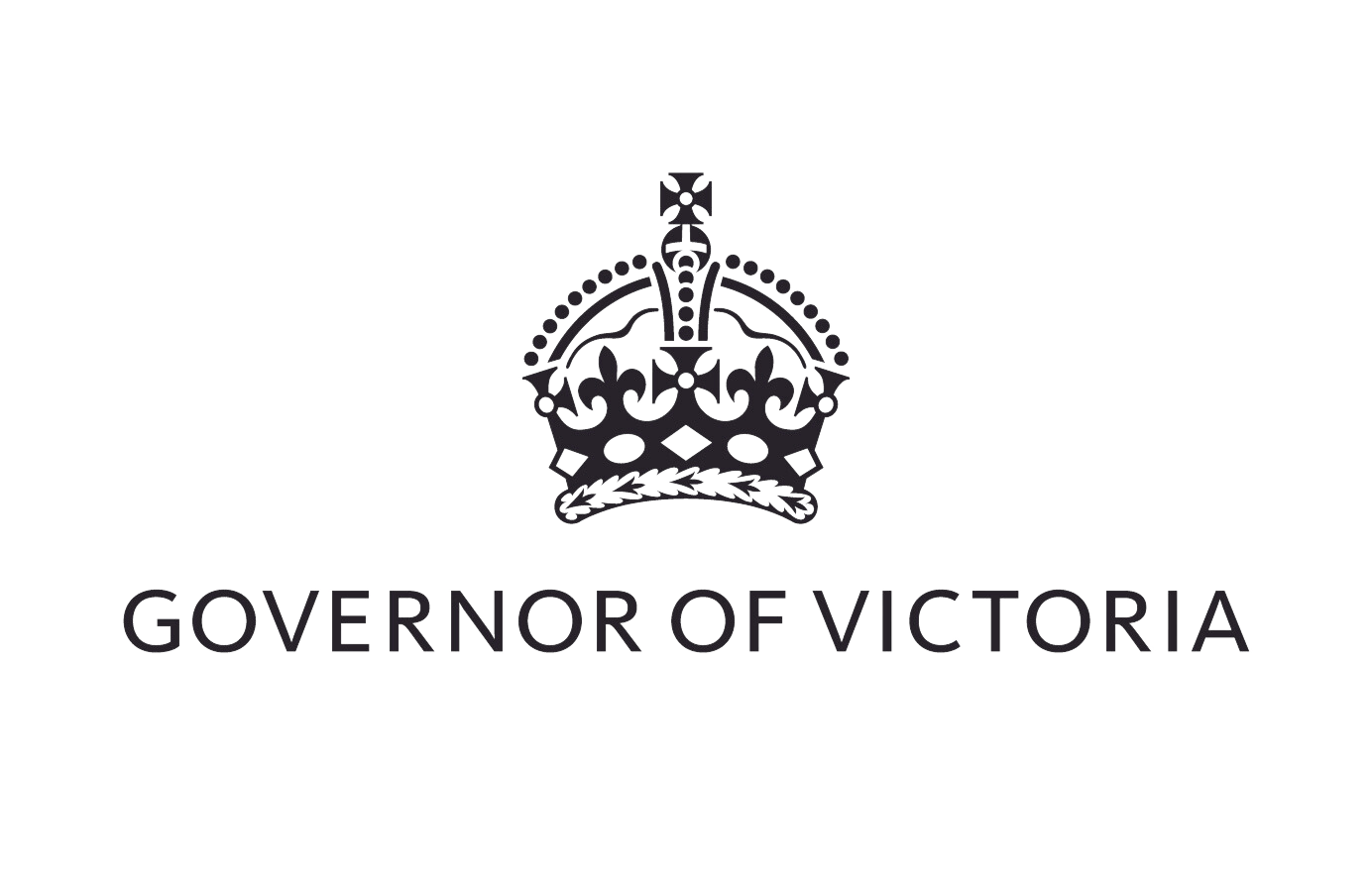Speech given by the Governor at the 2024 Remembrance Day Service.
I want to acknowledge the traditional owners of the land on which we are gathered – the Bunurong Boon Wurrung peoples of the Eastern Kulin Nation – and pay my respects to their Elders, past and present.
I also want to acknowledge past and present members of the Australian Defence Force with us today – and thank you for your service.
More than 60,000 Australians were killed overseas during World War One.
Only two of those Australians were brought home for burial.
Major General William Throsby Bridges – shot by a sniper at Gallipoli – was buried at Duntroon.
The other Anzac – the unknown soldier – is buried at the Australian War Memorial.
The power of the unknown soldier stems from their anonymity.
He could be any of the 60,000 who fell.
He could be Fred or Arthur Rogasch from Rainbow.
The loyalty of the two brothers was questioned when they enlisted because their father was German, but they signed up on the same day, and fought together in the 21st battalion, and died on the same day.
The unknown soldier could also be Maurice or Eleas Christie – two brothers from Woodend who also enlisted together, and fought together in the 21st, and died on the same day.
Or the unknown soldier could be any one of the thousands of names inscribed on more than 1000 memorials built and lovingly maintained across the State.
The inscription at the foot of the tomb of the unknown soldier reads:
‘He is all of them and he is one of us.’
That inscription begs the question:
If he is one of us, who are we?
It’s a question of identity that Charles Bean – the official historian of the Anzacs – was still grappling with in 1942.
1942 was the year the last volume of the official history of Australia in World War One was published.
That volume told the story of the last six months of the war on the Western Front – including the Armistice.
The timing of the publication is important – because 1942 was Australia’s darkest hour.
1942 was the year the Philippines and Singapore fell, the year Darwin was bombed, the year Sydney Harbour was attacked, the year the battle of the Kokoda Track raged back and forth.
In 1942, then, Bean was not writing for the benefit of history – he was writing for the benefit of our spirit.
He was attempting to rouse a nation.
He wanted to remind his fellow Australians what they shared, their shared history, shared identity, shared destiny.
Perhaps that’s why, in its closing pages, he told how two ANZAC regiments were dispatched to Gallipoli immediately after the Armistice.
At Gallipoli, Bean wrote, they ‘joined in the holy task of locating the graves of fallen Anzacs’.
‘The six weeks they spent upon Gallipoli,’ he wrote,
‘was a season of deep interest to all ranks. All, or nearly all, the officers and many of the men had fought at Anzac, and they explored the old position with feelings of emotion stronger and deeper than any other battleground of the war could awaken in the hearts of Australians and New Zealanders.’
Bean believed Australia’s self-concept as a nation was born at Gallipoli.
But he did not think that the Australian identity was born at Gallipoli – or in any of the battles that followed.
Bean said:
‘The qualities exhibited by Australian and New Zealand soldiers in the war … were not the outcome of war; they were the product of the free, wholesome life of this country.’
That is why – when the Australian people were facing their existential moment – Bean remained certain liberal democracy would defeat fascism.
‘Whatever the merits or faults of democratic government,’ he wrote,
‘the freedom that it alone, apparently, ensures to its citizens seems to build the best soldier because it develops the whole man. (sic)’
In other words, our collective identity was – and still is – bound by the freedoms that defined the Anzacs; together with the shared responsibility to defend those rights.
All of which is why – 82 years on – Bean’s words still ring true, because our national identity is defined not by the way we fight or where we freely differ, but what we fight for and should defend – freedom, equality, tolerance.
In conclusion, let me say this.
More was asked of the generation that fought for the Armistice than any other generation of Australians – before or since.
The debt we owe that generation – and every other generation of servicemen and women who have served in Korea, Vietnam, the Middle East and on peacekeeping operations – can never be repaid.
That is why – in our daily lives – we must always respect and stand up for each other’s freedoms.
That is why – on the eleventh hour of the eleventh day of the eleventh month – we must always return to this sacred place.
Lest we forget.
